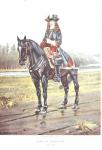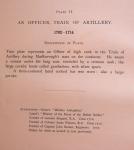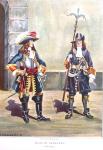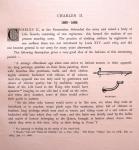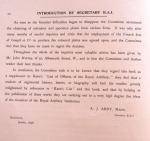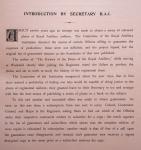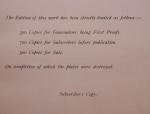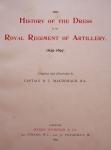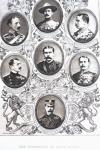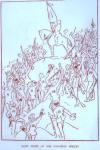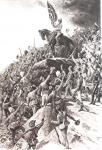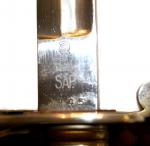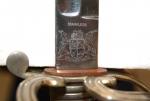-
Posts
13,225 -
Joined
-
Last visited
-
Days Won
22
Content Type
Profiles
Forums
Blogs
Gallery
Events
Store
Everything posted by Mervyn Mitton
-
Looking at a book the other day, I realised it had wonderful ref. material for anyone interested in the history of uniforms.Commissioned by The Royal Artillery Institute - an official body - it traces every pattern of uniform worn by the Regt. from King Charles 1st. until 1897 when the book was published. Only 1500 were printed and 1000 of these were by subscription - so, it is a very rare volume. I will do the posts in two parts - 1625 to 1800 and 1800 to 1897. We seem to have more historical uniform collectors at present - and also more Artillerymen. No matter your interest, this will be a ref. for the future, that will be hard to equal.
-
These excellent photographs and drawings are from the book - ' With the Flag to Pretoria ' - published in 1900. The one showing the troops on the hill represents our Colonial Forces in South Africa for the Boer War - it had the overlay on top in the book - however, I have split them for size. The overlay gives the unit names - good for the uniforms. The other two pages show all of our Generals - some famous names and good background info. for uniforms and awards.
-

POLICE SWORD - STH. AFRICAN POLICE
Mervyn Mitton replied to Mervyn Mitton's topic in Swords & Edged Weapons
Under the Knight's helm - the letters WKC then Solingen and Germany SAP stands for SOUTH AFRICAN POLICE -

POLICE SWORD - STH. AFRICAN POLICE
Mervyn Mitton replied to Mervyn Mitton's topic in Swords & Edged Weapons
-

POLICE SWORD - STH. AFRICAN POLICE
Mervyn Mitton replied to Mervyn Mitton's topic in Swords & Edged Weapons
-

POLICE SWORD - STH. AFRICAN POLICE
Mervyn Mitton replied to Mervyn Mitton's topic in Swords & Edged Weapons
-
South Africa became a Republic in 1961 and at about the same time Britain imposed an arms embargo. This resulted in the stopping of imported swords - the firm of Wilkinson in Britain being the main supplier. Officers for the South African Defence Force and the South African Police carried swords in full dress at this time. After the change of Government in 1994 swords were taken away - although the Territorial Regiments still have them for their officers' and senior N.C.O.'s. To obtain new swords, firms in Solingen, Germany were asked to supply - which they did. The standard set for the Police was for a higher quality than the Army - theirs were only plated - the Police were stainless steel. The one shown here is for officers' below General - there was a better quality for the higher ranks. They were stamped on one forte with the S.A. Arms and on the reverse the maker's mark and the lettering SAP + the issue number. This one is 0145 - so, would have been in the first batch. The hilt is similar to the British Artillery three bars. Whilst adequate for ceremonial, the quality is not high - although they are sought after for collections - being in limited numbers.
-
Hi - Bob. You've certainly got some good interest in your patches. Where were they made - are there places in Iraq able to do this quite complicated work ? Perhaps these later ones are being brought in from the US ?
-
A small booklet came with my morning paper - courtesy of the Sth. African Govt., and intending to explain how Parliament works. This photo of our two new Maces of Authority is interesting and shows, how despite changes of Government, the old traditions still have a place. South Africa was taken from the Dutch in 1810 and the Governor of the Cape ruled completely. When a new Governor was appointed in the early 1830's he was told to establish a Privy Council to advise him - later this became an elected Parliament and to show their Authority was from the King they were presented with a large silver Mace. This was similar to the one carried in procession at Westminster, in front of the Speaker and stands in front of him when Parliament is in session. This symbol is on the jerseys of our National Rugby team - the Proteas. In 1994 the old Government changed to our new African dominated one and the old symbols were changed. These are our new ones and represent some very different styles from what we are used-to. The one on the left has a Protea flower, coming through a traditional drum. The one on the right has an African drum head at the top. The workmanship is of a very high order . So, despite the changes - our old traditions are still in fashion. Can members give any other examples of this happening ? p.s. The 1830's Governor was Sir Benjamin D'Urban. He had been Quartermaster General to the Duke of Wellington - with the rank of Major General. The City of Durban in Natal is named after him and when he left South Africa, he became the Governor General of Canada.



